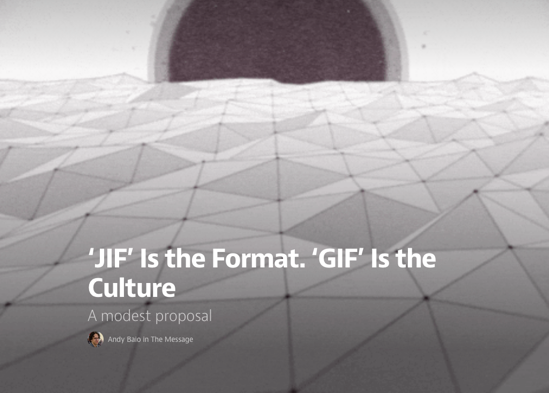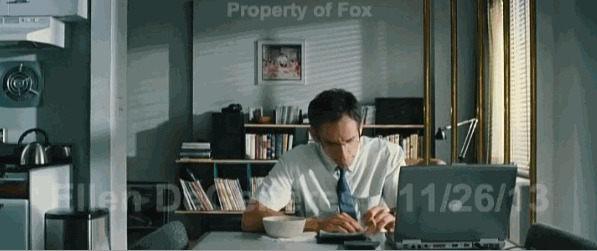The animated GIF is the Internet’s native art form. But 25 years later, we still haven’t decided how to pronounce it.
We’ve spilled so many words over the pronunciation of a single letter, rivaled only by the debate over tabs vs. spaces, email vs. e-mail, and whether to capitalize “Internet.”
So, how do you pronounce GIF?
There are three main camps:
- Soft G—GIF is like “jif.” You think an inventor should be able to dictate how their invention is pronounced.
- Hard G—GIF is like “gift.” You believe that the creator’s wishes are largely irrelevant because language evolves, and prescriptive approaches to language are pointless.
- ↓
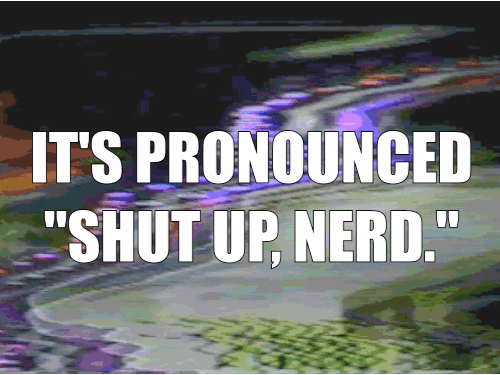
For the “soft G” crowd, this issue was settled in 1987 when CompuServe engineer Steve Wilhite first designed the GIF format. He’s always been adamant about the pronunciation, as in this interview with the New York Times last year:
“The Oxford English Dictionary accepts both pronunciations,” Mr. Wilhite said. “They are wrong. It is a soft ‘G,’ pronounced ‘jif.’ End of story.”
There’s something to this argument.
One of the great things about inventing something is that you get to name it, and by extension, how it’s pronounced. Honoring an inventor’s wishes may not be required, but it’s the nice thing to do.
There’s only one problem: Steve Wilhite and CompuServe did not invent the animated GIF as we know it.
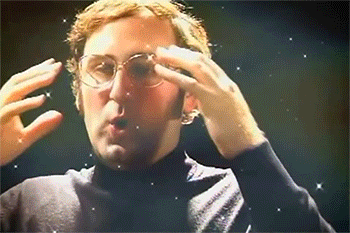
The creators of the GIF format didn’t anticipate this kind of usage for their format, and the proof is in the spec itself — they never specified a way to loop animations.
When CompuServe added animation to the GIF89a spec in 1989, animations would only play once. For six years, every animated GIF ended on the final frame.
It was Netscape, not CompuServe, that added the ability to repeat animations, starting with Navigator 2.0 beta 4 in December 1995. Netscape defined an extension to the GIF format that specified how many times an animation should loop or if it should play infinitely.
Today, every animated GIF contains the “NETSCAPE2.0” string inside it, a digital thumbprint that firmly places the modern animated GIF as a Web-era invention.
So, does this mean that Netscape should get to dictate how it’s pronounced? No, not really.
Because when we talk about GIFs these days, we’re not really talking about the file format. We’re talking about the art form and culture that surrounds it, and that was created and popularized by the Internet.
The modern GIF was invented by the Internet, and like the Internet, its applications sprawl beyond comprehension. Early memes, reaction GIFs, glitch animations, wigglegrams, Blingee, cinemagraphs, and countless variations spread on Tumblr, Twitter, Reddit, 4chan, and dedicated net art communities like dump.fm.
GIF isn’t just a file format, it’s an art form and a culture. And, despite Wilhite’s efforts, most of the people in that culture pronounce it with a “hard G.”
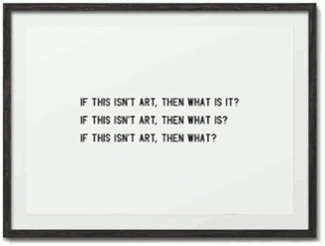
Since I downloaded my first GIF off a BBS in the late 1980s, I’ve pronounced GIF with a hard “g” like “gift.” It looked natural to me, and like many others, it was an on-screen acronym that I didn’t hear out loud until years later. I stuck with that pronunciation for years, even after I knew the “official” pronunciation.
But I’m not entirely comfortable disregarding the wishes of Steve Wilhite or the culture of animated GIF art, so I started taking a new approach last year:
“JIF” is the format. “GIF” is the culture.
To honor Wilhite’s pioneering work, I pronounce every static or non-looping GIF with a soft-G. Every discussion of the file format, transparency, interlacing, and static GIFs are “jifs.” These are all “jifs.” So are these.
But the animated GIF, as we know it, was created by Netscape and popularized by the Internet, so I pronounce it with a hard-G.
There! That oughta settle it, once and for all.
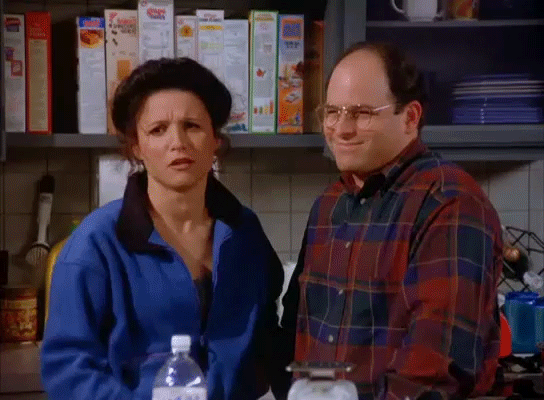
Note: I originally published this post on Medium, as part of The Message, on April 29, 2014.


